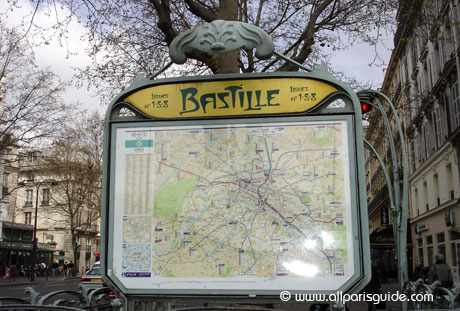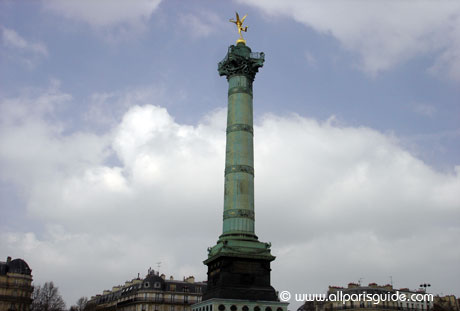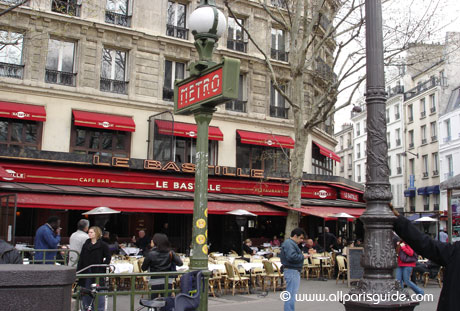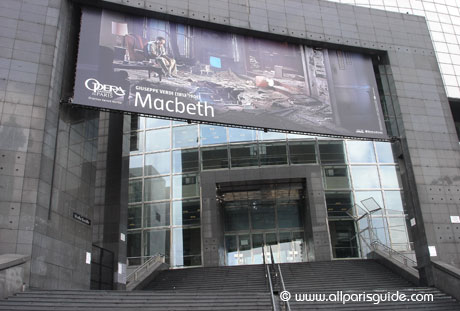Forever linked with the storming of its prison in 1789, the first violent uprising of the French Revolution, today’s Bastille area is just as lively, though more dedicated to a hedonistic way of life. Designer bars, nightclubs, white-walled art galleries, a marina, and ethnic restaurants create in 1990s character while its new symbol, the ” “people’s” opera house, towers over the main square.
Artists were the first to move in, transforming derelict industrial spaces into spacious studios and homes. And where artists go, galleries follow, soon chased by appropriate watering holes. The marina terminating the Canal St Martin was redevelopped in the early 1980s, and soon after that the opera house rose from the ground, vying for attention with the central column, the Colonne de Juillet, erected in 1840 to commemorate victims of the 1830 uprising.
Today’s main artery running northeast from the square is the rue de la Roquette : here you have your choice of hip bars, trendy clothes shops, and the adventurous Théâtre de la Bastille. The perpendicular rue de Lappe has maintained a nocturnal reputation since the 1930’s when the Balajo dance hall attracted the likes of Mistinguett, Arletty and Piaf.





